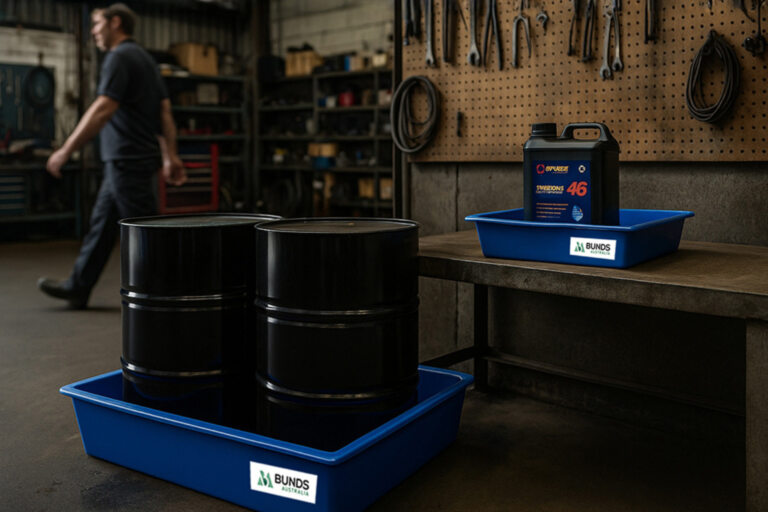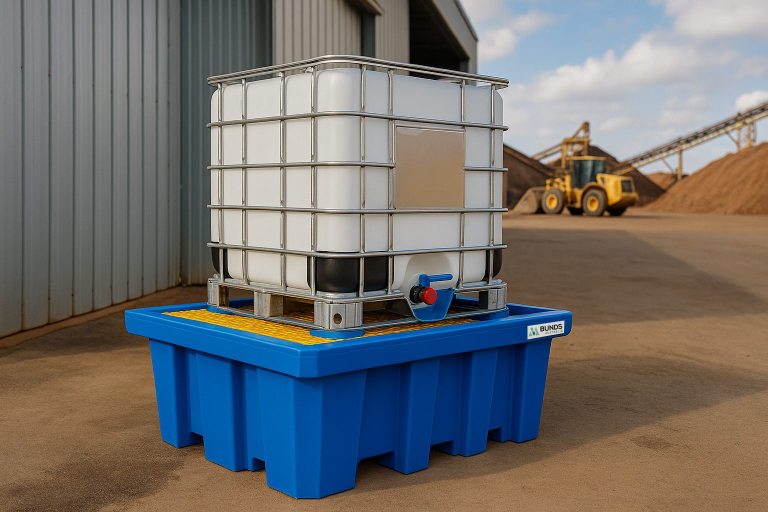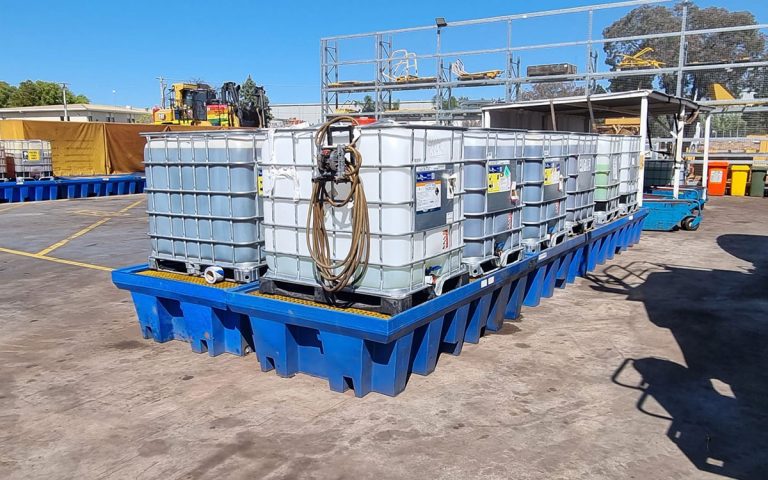Bunding plays a vital role in chemical storage and construction projects, serving as a crucial safeguard against environmental contamination and workplace hazards. In this article, we will delve into the regulations and requirements governing bunding, exploring the importance of compliance and the variations in bunding requirements based on location and industry.
Regulations and Guidelines:
Various regulations and guidelines govern the use of bunding in chemical storage and construction projects. Compliance with these regulations is essential to ensure environmental protection and workplace safety. Depending on the location and nature of the operation, bunding requirements may vary. It is crucial to familiarise oneself with local regulations and guidelines to ensure compliance.
The Importance of Compliance:
Compliance with bunding regulations is paramount to mitigate the risk of environmental contamination and workplace accidents. Failure to comply with these regulations can result in severe consequences, including fines, legal liabilities, and reputational damage. By adhering to bunding regulations, businesses demonstrate their commitment to environmental stewardship and workplace safety.
Variations in Bunding Requirements:
Bunding requirements may vary depending on factors such as the location and nature of the operation, the type of hazardous substances involved, and the specific industry regulations. For example, bunding requirements for chemical storage facilities may differ from those for construction sites or manufacturing plants. It is crucial for businesses to familiarise themselves with local regulations and guidelines to ensure compliance and mitigate risks effectively.
Understanding Local Regulations:
Local regulations and guidelines play a significant role in shaping bunding requirements. These regulations may be established by national, state, or local authorities and can vary significantly from one jurisdiction to another. Businesses must carefully review and understand the applicable regulations to ensure compliance and avoid potential penalties.
Key Considerations for Compliance:
Complying with bunding regulations involves several key considerations:
- Understanding Regulatory Framework: Businesses must familiarise themselves with the relevant regulatory framework governing bunding in their jurisdiction, including laws, codes of practice, and industry standards.
- Assessing Site-Specific Requirements: Bunding requirements may vary based on the specific characteristics of the site, including its location, size, and proximity to environmentally sensitive areas.
- Selecting Appropriate Bunding Solutions: Businesses must choose bunding solutions that meet the regulatory requirements and are suitable for the type and volume of hazardous substances being stored or handled.
- Implementing Effective Maintenance Practices: Regular inspection and maintenance of bunding systems are essential to ensure their continued effectiveness and compliance with regulatory standards.
Understanding bunding requirements is essential for businesses involved in chemical storage and construction projects. Compliance with bunding regulations is crucial to protect the environment, promote workplace safety, and avoid legal liabilities. By familiarising themselves with local regulations, assessing site-specific requirements, and implementing effective bunding solutions, businesses can ensure compliance and mitigate risks effectively.










Hi I Have a 20lt bunding and i use 10lt contains of herbicide is one bunding enough if so how much more can I on it please